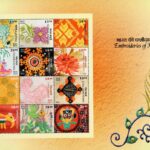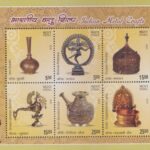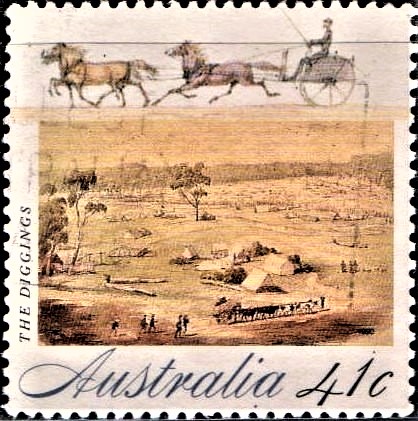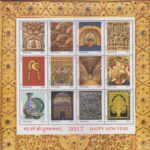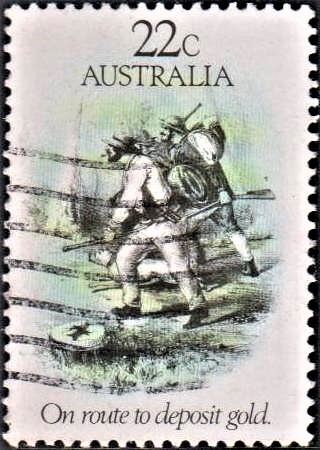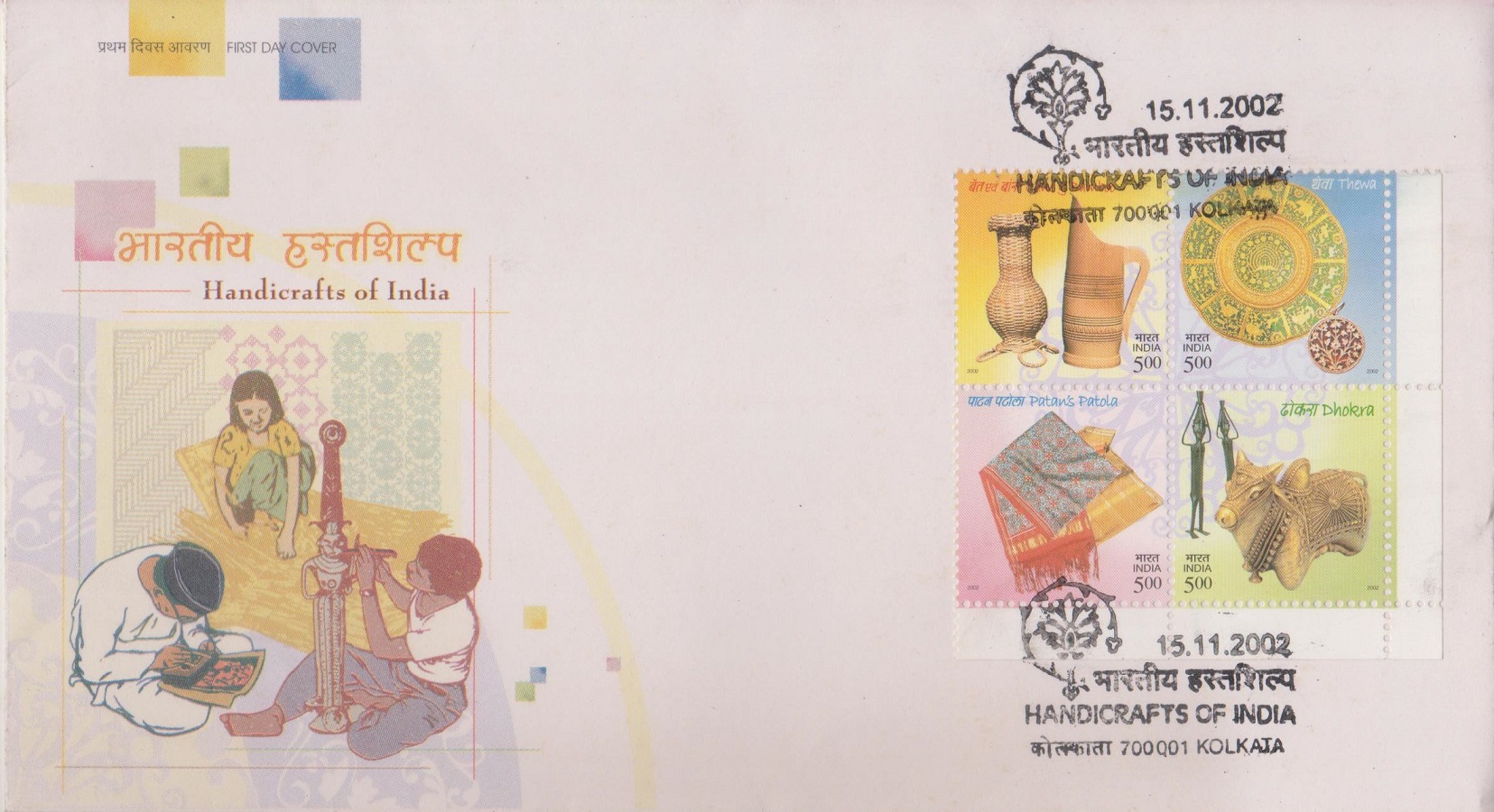
Handicrafts of India 2002
Complete Set of 4 nos of commemorative postage stamps on the Indian Handicrafts :

 Issued by India
Issued by India
Issued on Nov 15, 2002
Issued for : India has a rich and unbroken tradition in handicrafts, the antiquity of which dates back to the period of the Indus Valley Civilisation (circa 2600-1700 B.C.). The vast diversity of the country – cultural, climatic and geographical – has enabled a variety of techniques, crafts and motifs to flourish on this land. The Department of Posts is bringing out a set of four stamps and a miniature sheet on the handicrafts tradition of India.
Design : The stamps feature Cane and Bamboo artifacts, Thewa art, Dhokra casting and Patan’s Patola fabrics.
The First Day Cover depicts some artisans at work, against the backdrop of some popular motifs and patterns of Indian handicrafts.
Credits :
Stamp, Miniature Sheet & FDC : Kamleshwar Singh
Cancellation : Alka Sharma
Type : Se–tenant Block of 4 Stamps, Postal Used
Colour : Four Colour
Denomination : 500 Paise each
Overall size : 2.90 x 2.90 cms.
Printing size : 2.90 x 2.90 cms.
Perforation : 13.5 x 13.5 mm
Paper : Matt Chromo
Print quantity :
Stamps : 3 million each
Mini. sheets : 0.1 million
Number per issue sheet : 48
Printing Process : Photo Offset
Printer : Calcutta Security Printers Ltd.
About :
- Cane and Bamboo work is quite widespread in India and has attained considerable sophistication in areas which are rich in the concerned natural resources such as Assam. No mechanical devices are used in this craft. It is mainly a household or cottage industry. This craft provides part-time employment to cultivators in the lean season and full-time employment to the few highly skilled artisans who produce the finest decorative baskets, chalani etc.
- Thewa work is a traditional art practiced in Rajasthan, which is meenakari ornamentation in gold done on the surface of coloured glass. To concretise this art, first the desired design is prepared on thin leaves of gold. After doing grating etc., the glass is moulded by a chemical and heating process. Silver frame then is made and mounted with gold polish. The golden design made on glass is then studded in a polished frame.
- Dhokra is a metal craft practiced by the indigenous people of Chhattisgarh, Orissa and West Bengal. The “lost wax” technique is at the heart of this art. The creation is given concrete shape with the craftsperson’s experience and expert hands. The creation has to undergo twelve stages of work and uses a multiplicity of clays and tools before coming to the final shape. The wax and mud mould can be used only once in this type of creation. The method of work at every stage is very important.
- Among India’s legendary heritage of textiles, few are as rich and highly prized as the Patola. It follows the double ikkat technique of weaving. The fabric used is silk and the process is extremely complicated as well as sophisticated. The Patola also has social and religious significance and is worn at the time of important ceremonies. Patan, the ancient capital of Gujarat has been the centre of Patola weaving for many centuries, and has been the place of origin of the Patan’s Patola, which has a distinctive style.
- Text : Based on material furnished by the office of the Development Commissioner (Handicrafts), Ministry of Textiles, New Delhi.


